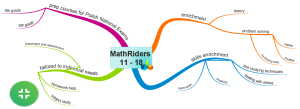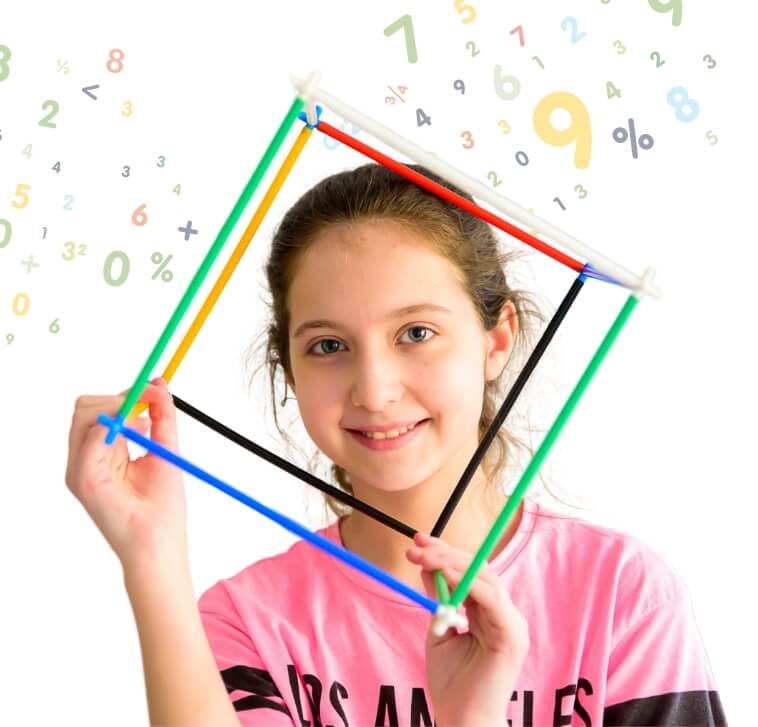Mind map explanation
The Mind Map is a tool invented by Tony Buzan for consolidating ideas and how the brain builds and connects them. Even Leonardo Da Vinci used mapping to chart his ideas! This MathRiders Junior Mind Map gives a holistic view of the elements that make up an actual MathRiders lesson.
Brain jogs
Brain Jogs are quick and fun energizing activities that prepare a learner for thinking and coordination skills. Each activity uses movements that cross the midline and connects both brain hemispheres. When the brain hemispheres are connected, the student is able to use right brain creativity and left brain logic simultaneously. It is being proven more and more that an approach which integrates these two different activities of the brain leads to far more effective learning. Brain Jogs bring movement and learning together.
Musical activities: (younger ages)
The children do fun mathematical activities with percussion instruments in order to strengthen mental arithmetic abilities, inventive thinking and group dynamics, as well as non-verbal individual participation.
Hands on: (all ages)
Learning is dynamic for MathRiders Junior students. Students explore and investigate maths through age and developmentally appropriate hands-on activities and games. These include, interlocking cubes, measuring each other’s height using a non-conventional standard of measure (bricks, books or other objects) building a clock, colouring, comparing items, and many different ways to see mathematics in action. Once the hands-on activity has been done, it is time to express it in mathematical terms.
Self-expression: (all ages)
The child expresses himself as an individual as well as part of a group. During the core part of the lesson in which the child examines mathematical problems in a concrete, hands-on manner, he is encouraged to verbally express what he has discovered and to improve his manner of expression. His views and thoughts are respected and thus help build his self-esteem, legitimize his thoughts and strengthen his belief in himself. This, in turn, increases his motivational level, which, in turn, generates success. He verbally expresses the hands-on mathematical activity the group has just done, and together with the teacher, he and the group learn to transform this to ‘real world’ activity into a mathematical exercise on paper.
Written activities: (all ages)
All students, from Levels 1 through 6 have written workbook activities that mirror the lesson activity. The children work in unique workbooks in order to establish and strengthen their abilities and understanding of the numerals as opposed to verbal/mental arithmetic. The teacher is able to confirm that lessons and concepts are absorbed by each student. These written activities balance the lesson; in combining written activities with movement and play, knowledge is retained longer and students successfully learn maths. As the levels progress, students are challenged and receive lots of positive reinforcement to succeed.
Songs and stories
For Starter students as well as those In levels 1 and 2, lessons contain songs relating to counting to help the child remember the basics of maths. Lessons for Levels 1 – 4 often end with a story that depicts the life of a great mathematician, tells an aspect of the history of maths, or relates to mathematical concepts.
In this way, the child connects to the emotional side of the subject and is able to reflect on yet another facet of the world of mathematics.
Mind map explanation
The Mind Map is a tool invented by Tony Buzan for consolidating ideas and how the brain builds and connects them. Even Leonardo Da Vinci used mapping to chart his ideas! This MathRiders Junior Mind Map gives a holistic view of the elements that make up an actual MathRiders lesson.
Brain jogs
Brain Jogs are quick and fun energizing activities that prepare a learner for thinking and coordination skills. Each activity uses movements that cross the midline and connects both brain hemispheres. When the brain hemispheres are connected, the student is able to use right brain creativity and left brain logic simultaneously. It is being proven more and more that an approach which integrates these two different activities of the brain leads to far more effective learning. Brain Jogs bring movement and learning together.
Musical activities: (younger ages)
The children do fun mathematical activities with percussion instruments in order to strengthen mental arithmetic abilities, inventive thinking and group dynamics, as well as non-verbal individual participation.
Hands on: (all ages)
Learning is dynamic for MathRiders Junior students. Students explore and investigate maths through age and developmentally appropriate hands-on activities and games. These include, interlocking cubes, measuring each other’s height using a non-conventional standard of measure (bricks, books or other objects) building a clock, colouring, comparing items, and many different ways to see mathematics in action. Once the hands-on activity has been done, it is time to express it in mathematical terms.
Self-expression: (all ages)
The child expresses himself as an individual as well as part of a group. During the core part of the lesson in which the child examines mathematical problems in a concrete, hands-on manner, he is encouraged to verbally express what he has discovered and to improve his manner of expression. His views and thoughts are respected and thus help build his self-esteem, legitimize his thoughts and strengthen his belief in himself. This, in turn, increases his motivational level, which, in turn, generates success. He verbally expresses the hands-on mathematical activity the group has just done, and together with the teacher, he and the group learn to transform this to ‘real world’ activity into a mathematical exercise on paper.
Written activities: (all ages)
All students, from Levels 1 through 6 have written workbook activities that mirror the lesson activity. The children work in unique workbooks in order to establish and strengthen their abilities and understanding of the numerals as opposed to verbal/mental arithmetic. The teacher is able to confirm that lessons and concepts are absorbed by each student. These written activities balance the lesson; in combining written activities with movement and play, knowledge is retained longer and students successfully learn maths. As the levels progress, students are challenged and receive lots of positive reinforcement to succeed.
Songs and stories
For Starter students as well as those In levels 1 and 2, lessons contain songs relating to counting to help the child remember the basics of maths. Lessons for Levels 1 – 4 often end with a story that depicts the life of a great mathematician, tells an aspect of the history of maths, or relates to mathematical concepts.
In this way, the child connects to the emotional side of the subject and is able to reflect on yet another facet of the world of mathematics.
Mind map explanation
The Mind Map is a tool invented by Tony Buzan for consolidating ideas and how the brain builds and connects them. Even Leonardo Da Vinci used mapping to chart his ideas! This MathRiders Junior Mind Map gives a holistic view of the elements that make up an actual MathRiders lesson.
Brain jogs (all ages)
Brain Jogs are quick and fun energizing activities that prepare a learner for thinking and coordination skills. Each activity uses movements that cross the midline and connects both brain hemispheres. When the brain hemispheres are connected, the student is able to use right brain creativity and left brain logic simultaneously. It is being proven more and more that an approach which integrates these two different activities of the brain leads to far more effective learning. Brain Jogs bring movement and learning together.
Musical activities: (younger ages)
The children do fun mathematical activities with percussion instruments in order to strengthen mental arithmetic abilities, inventive thinking and group dynamics, as well as non-verbal individual participation.
Hands on: (all ages)
Learning is dynamic for MathRiders Junior students. Students explore and investigate maths through age and developmentally appropriate hands-on activities and games. These include, interlocking cubes, measuring each other’s height using a non-conventional standard of measure (bricks, books or other objects) building a clock, colouring, comparing items, and many different ways to see mathematics in action. Once the hands-on activity has been done, it is time to express it in mathematical terms.
Self-expression: (all ages)
The child expresses himself as an individual as well as part of a group. During the core part of the lesson in which the child examines mathematical problems in a concrete, hands-on manner, he is encouraged to verbally express what he has discovered and to improve his manner of expression. His views and thoughts are respected and thus help build his self-esteem, legitimize his thoughts and strengthen his belief in himself. This, in turn, increases his motivational level, which, in turn, generates success. He verbally expresses the hands-on mathematical activity the group has just done, and together with the teacher, he and the group learn to transform this to ‘real world’ activity into a mathematical exercise on paper.
Written activities: (all ages)
All students, from Levels 1 through 6 have written workbook activities that mirror the lesson activity. The children work in unique workbooks in order to establish and strengthen their abilities and understanding of the numerals as opposed to verbal/mental arithmetic. The teacher is able to confirm that lessons and concepts are absorbed by each student. These written activities balance the lesson; in combining written activities with movement and play, knowledge is retained longer and students successfully learn maths. As the levels progress, students are challenged and receive lots of positive reinforcement to succeed.
Songs and stories
In levels 1 and 2, lessons contain songs relating to counting to help the child remember the basics of maths. Lessons for Levels 1 – 4 often end with a story that: depicts the life of a great mathematician, tells an aspect of the history of maths, or relates to mathematical concepts.
In this way, the child connects to the emotional side of the subject and is able to reflect on yet another facet of the world of mathematics.

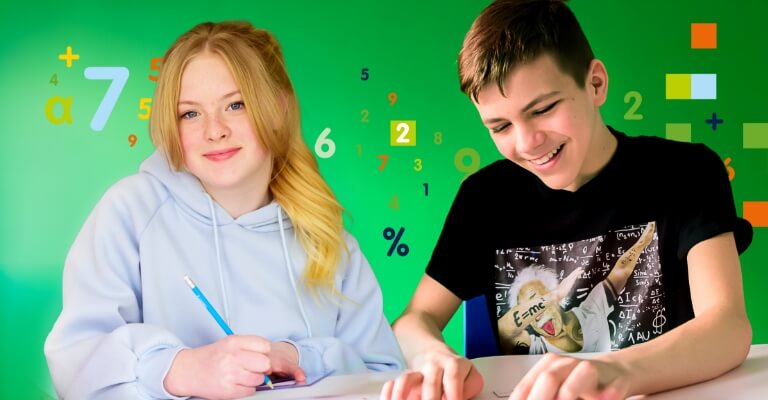

Години 11-19
Математика за успех
MathRiders помага на учениците да придобият знания и разбиране за математиката, което води до по-добри оценки и основни умения в живота. Чрез персонализираната учебна програма учениците fiлтрират предишни пропуски в обучението и реализират пълния си потенциал в областта на математиката. Чрез подкрепящ подход и персонализиран учебен план учениците развиват самоувереност и лидерски умения, които им помагат да постигнат успех.
Висококачествено учебно съдържание
Програмата за напреднали е разработена от международна група методисти и отразява най-модерните и ефективни подходи за изучаване на математика както на основно, така и на напреднало ниво. Структурата на програмата обхваща цялото подходящо и съобразено с възрастта съдържание според официалните стандарти по математика.
Подготовка, насочена към постигане на целите
Програмата се фокусира върху академичния и личния успех на учениците – доказани резултати, постигнати цели и увереност в собствените сили. Наред с теоретичното и практическото изучаване на математическите понятия и методи, учениците работят с официални тестови/изпитни програми, като придобиват увереност и практически умения за успешно преминаване.
Подкрепяща среда и гъвкавост
Програмата за напреднали на MathRiders определя индивидуалните способности на всеки ученик и съответно предоставя персонализиран план за обучение. Програмата включва постоянна обратна връзка и оценки, така че учениците в крайна сметка да овладеят всички умения, необходими за успех.
Учениците на MathRiders получават подкрепа и за математиката, която изучават в училище, и отчитат измерим напредък в обучението си.
Предимства за вашето дете
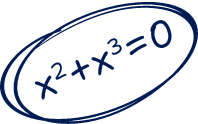
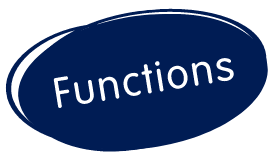

Дълбоко разбиране на напредналите математически концепции и техники

Фокус върху развитието на специфични математически умения

Самостоятелно изследване за откриване на математически правила и логика от опита

Самостоятелно изследване за откриване на математически правила и логика от опита

Изграждане на увереност чрез осигуряване на подкрепяща среда и екипен подход

Изграждане на увереност чрез осигуряване на подкрепяща среда и екипен подход

Добре структуриран процес, разработен от специалисти по математика и съобразен с индивидуалните способности и нужди на учениците

Социално математическо обучение, което позволява общуване и адаптиране на опита от реалния живот към математическите понятия
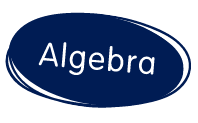
Научени математически концепции

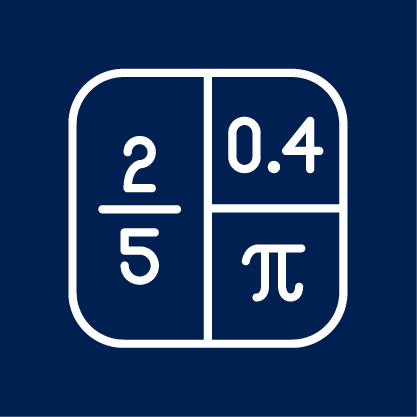
Бройна система
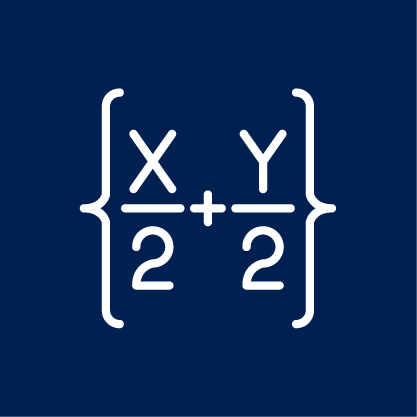
Алгебра

Измервания
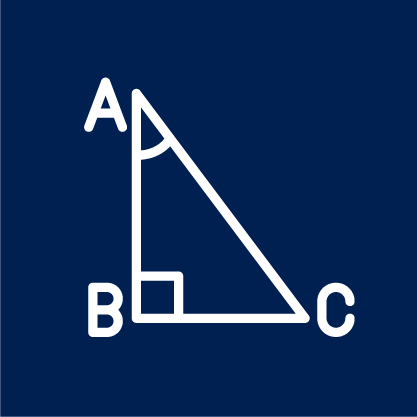
Геометрия
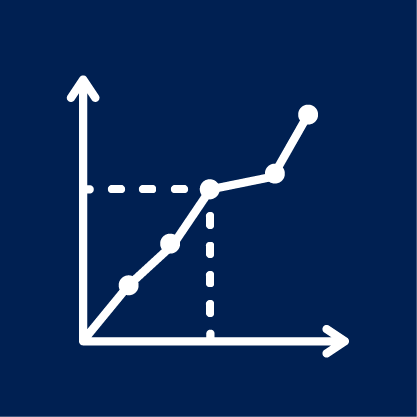
Статистика и вероятности
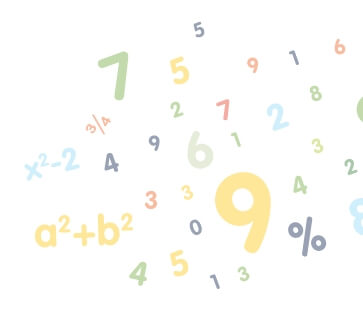
Курсове
Advanced - Ниво 1
11 до 15 години
Каква възраст! Какво време! Да, това е най-доброто време да откриете, овладеете и отворите към света истинския потенциал на децата си! Те вече знаят много, способни са да направят много, осъзнават от какво се нуждаят и търсят възможност да разширят и приложат тези знания по свой индивидуален начин. Ето защо е създадена програмата MathRiders Advanced Ниво-1.
Тя помага на ученици от всички квалификационни нива по математика да овладеят силните си страни и да запълнят пропуските си в безопасна, подкрепяща и адаптивна учебна среда.
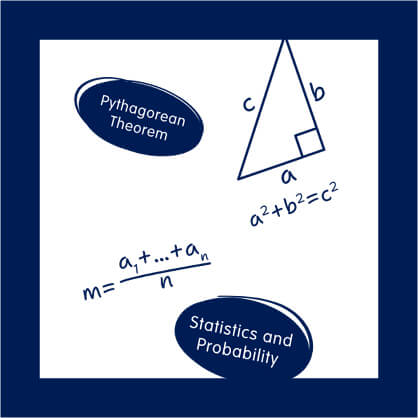

Ниво
6ти – 8ми Клас
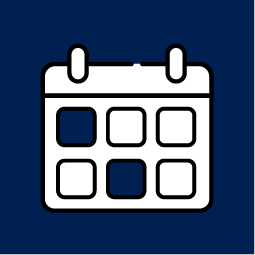
Брой уроци
40 Урока

Продължителност на урока
60-90 минути
Учебни материали
Раница
2 Работни тетрадки
2 Приложения за домашна работа
Теми
- Понятие и действия с рационални и ирационални числа
- Линейни, биквадратни и радикални уравнения
- Аритметични и геометрични последователности
- Питагорова теорема и нейното приложение
- Съответствие и подобие на равнинни фигури
- и още…
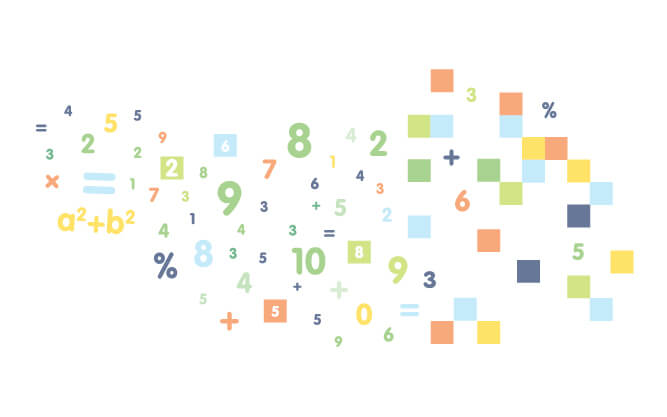
Учебни материали
Раница
2 Работни тетрадки
2 Приложения за домашна работа

Advanced - Ниво 2
15 до 19 Години
Е… моментът настъпи! Вие сте на прага на сериозни предизвикателства и изпитания… Вървете напред с увереност! Ще преминете успешно всеки изпит, всеки тест с помощта на MathRiders Advanced Ниво-2. Съобразен с Европейските стандарти по математика, от една страна, и с вашите индивидуални цели и нужди, от друга, тази програма ще ви осигури всички математически умения и техники, необходими за постигане на по-високи резултати. Направете следващата стъпка към успеха си в обучението и живота!
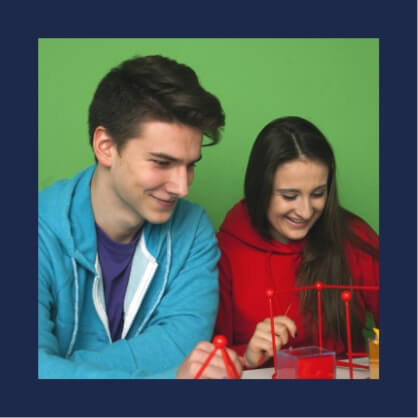
Mind map explanation
The Mind Map is a tool invented by Tony Buzan for consolidating ideas and how the brain builds and connects them. Even Leonardo Da Vinci used mapping to chart his ideas! This MathRiders Junior Mind Map gives a holistic view of the elements that make up an actual MathRiders lesson.
Brain jogs
Brain Jogs are quick and fun energizing activities that prepare a learner for thinking and coordination skills. Each activity uses movements that cross the midline and connects both brain hemispheres. When the brain hemispheres are connected, the student is able to use right brain creativity and left brain logic simultaneously. It is being proven more and more that an approach which integrates these two different activities of the brain leads to far more effective learning. Brain Jogs bring movement and learning together.
Musical activities: (younger ages)
The children do fun mathematical activities with percussion instruments in order to strengthen mental arithmetic abilities, inventive thinking and group dynamics, as well as non-verbal individual participation.
Hands on: (all ages)
Learning is dynamic for MathRiders Junior students. Students explore and investigate maths through age and developmentally appropriate hands-on activities and games. These include, interlocking cubes, measuring each other’s height using a non-conventional standard of measure (bricks, books or other objects) building a clock, colouring, comparing items, and many different ways to see mathematics in action. Once the hands-on activity has been done, it is time to express it in mathematical terms.
Self-expression: (all ages)
The child expresses himself as an individual as well as part of a group. During the core part of the lesson in which the child examines mathematical problems in a concrete, hands-on manner, he is encouraged to verbally express what he has discovered and to improve his manner of expression. His views and thoughts are respected and thus help build his self-esteem, legitimize his thoughts and strengthen his belief in himself. This, in turn, increases his motivational level, which, in turn, generates success. He verbally expresses the hands-on mathematical activity the group has just done, and together with the teacher, he and the group learn to transform this to ‘real world’ activity into a mathematical exercise on paper.
Written activities: (all ages)
All students, from Levels 1 through 6 have written workbook activities that mirror the lesson activity. The children work in unique workbooks in order to establish and strengthen their abilities and understanding of the numerals as opposed to verbal/mental arithmetic. The teacher is able to confirm that lessons and concepts are absorbed by each student. These written activities balance the lesson; in combining written activities with movement and play, knowledge is retained longer and students successfully learn maths. As the levels progress, students are challenged and receive lots of positive reinforcement to succeed.
Songs and stories
For Starter students as well as those In levels 1 and 2, lessons contain songs relating to counting to help the child remember the basics of maths. Lessons for Levels 1 – 4 often end with a story that depicts the life of a great mathematician, tells an aspect of the history of maths, or relates to mathematical concepts.
In this way, the child connects to the emotional side of the subject and is able to reflect on yet another facet of the world of mathematics.
Mind map explanation
The Mind Map is a tool invented by Tony Buzan for consolidating ideas and how the brain builds and connects them. Even Leonardo Da Vinci used mapping to chart his ideas! This MathRiders Junior Mind Map gives a holistic view of the elements that make up an actual MathRiders lesson.
Brain jogs (all ages)
Brain Jogs are quick and fun energizing activities that prepare a learner for thinking and coordination skills. Each activity uses movements that cross the midline and connects both brain hemispheres. When the brain hemispheres are connected, the student is able to use right brain creativity and left brain logic simultaneously. It is being proven more and more that an approach which integrates these two different activities of the brain leads to far more effective learning. Brain Jogs bring movement and learning together.
Musical activities: (younger ages)
The children do fun mathematical activities with percussion instruments in order to strengthen mental arithmetic abilities, inventive thinking and group dynamics, as well as non-verbal individual participation.
Hands on: (all ages)
Learning is dynamic for MathRiders Junior students. Students explore and investigate maths through age and developmentally appropriate hands-on activities and games. These include, interlocking cubes, measuring each other’s height using a non-conventional standard of measure (bricks, books or other objects) building a clock, colouring, comparing items, and many different ways to see mathematics in action. Once the hands-on activity has been done, it is time to express it in mathematical terms.
Self-expression: (all ages)
The child expresses himself as an individual as well as part of a group. During the core part of the lesson in which the child examines mathematical problems in a concrete, hands-on manner, he is encouraged to verbally express what he has discovered and to improve his manner of expression. His views and thoughts are respected and thus help build his self-esteem, legitimize his thoughts and strengthen his belief in himself. This, in turn, increases his motivational level, which, in turn, generates success. He verbally expresses the hands-on mathematical activity the group has just done, and together with the teacher, he and the group learn to transform this to ‘real world’ activity into a mathematical exercise on paper.
Written activities: (all ages)
All students, from Levels 1 through 6 have written workbook activities that mirror the lesson activity. The children work in unique workbooks in order to establish and strengthen their abilities and understanding of the numerals as opposed to verbal/mental arithmetic. The teacher is able to confirm that lessons and concepts are absorbed by each student. These written activities balance the lesson; in combining written activities with movement and play, knowledge is retained longer and students successfully learn maths. As the levels progress, students are challenged and receive lots of positive reinforcement to succeed.
Songs and stories
In levels 1 and 2, lessons contain songs relating to counting to help the child remember the basics of maths. Lessons for Levels 1 – 4 often end with a story that: depicts the life of a great mathematician, tells an aspect of the history of maths, or relates to mathematical concepts.
In this way, the child connects to the emotional side of the subject and is able to reflect on yet another facet of the world of mathematics.

Ниво
6ти – 8ми Клас

Брой уроци
40 Урока

Продължителност на урока
60-90 минути
Учебни материали
Раница
2 Работни тетрадки
2 Приложения за домашна работа
Теми
- Понятие и действия с рационални и ирационални числа
- Линейни, биквадратни и радикални уравнения
- Аритметични и геометрични последователности
- Питагорова теорема и нейното приложение
- Съответствие и подобие на равнинни фигури
- и още…

Учебни материали
Раница
2 Работни тетрадки
2 Приложения за домашна работа



